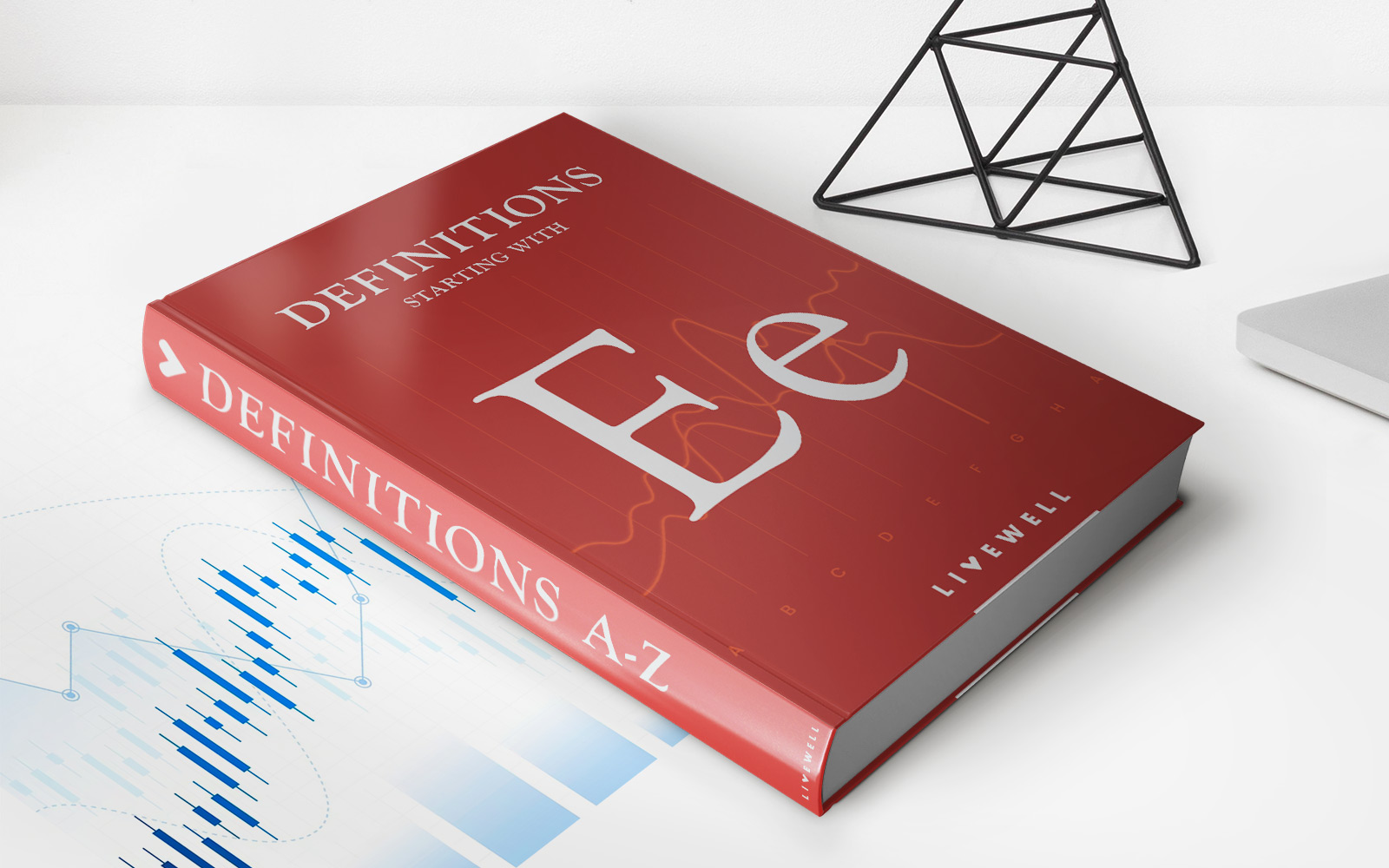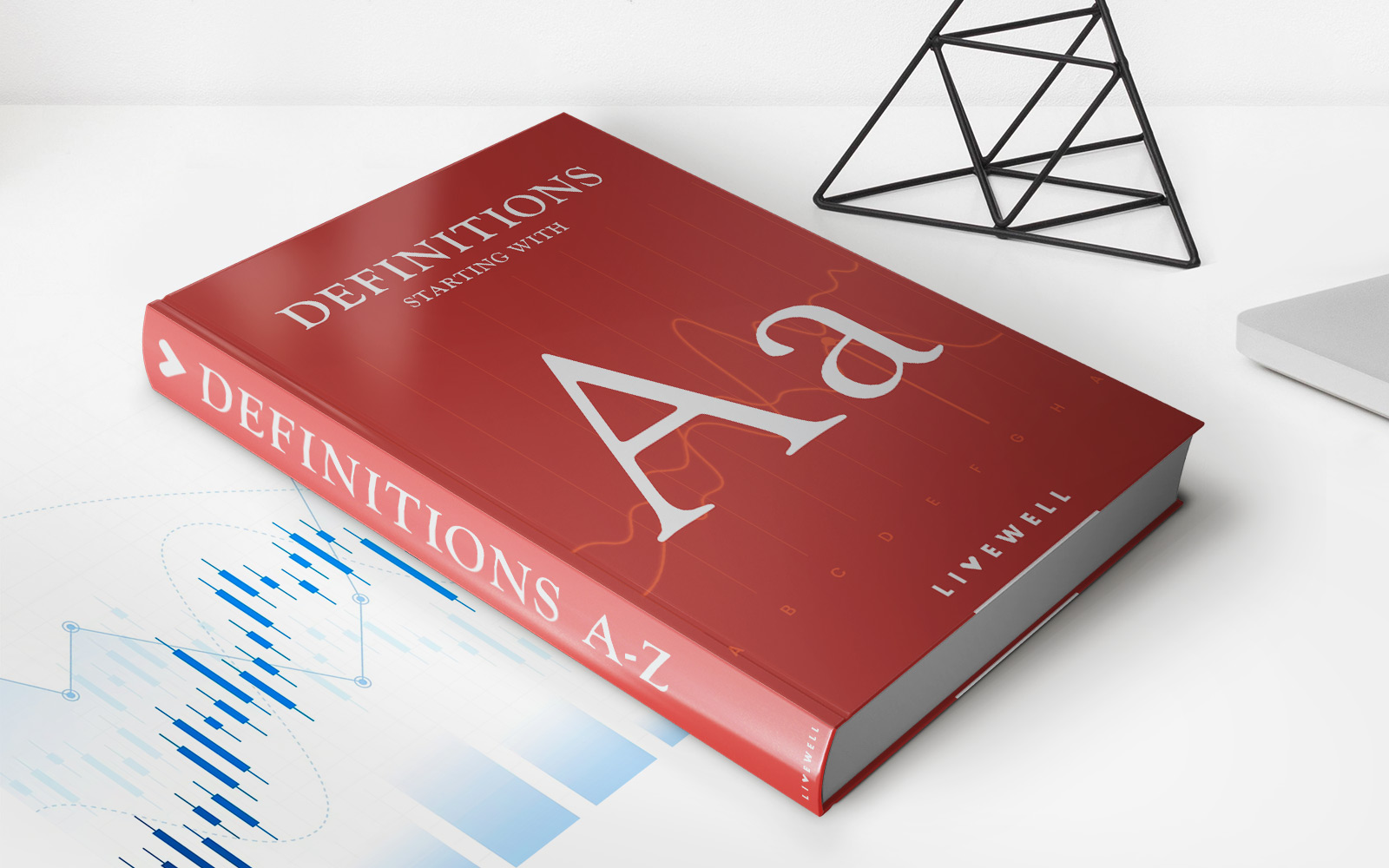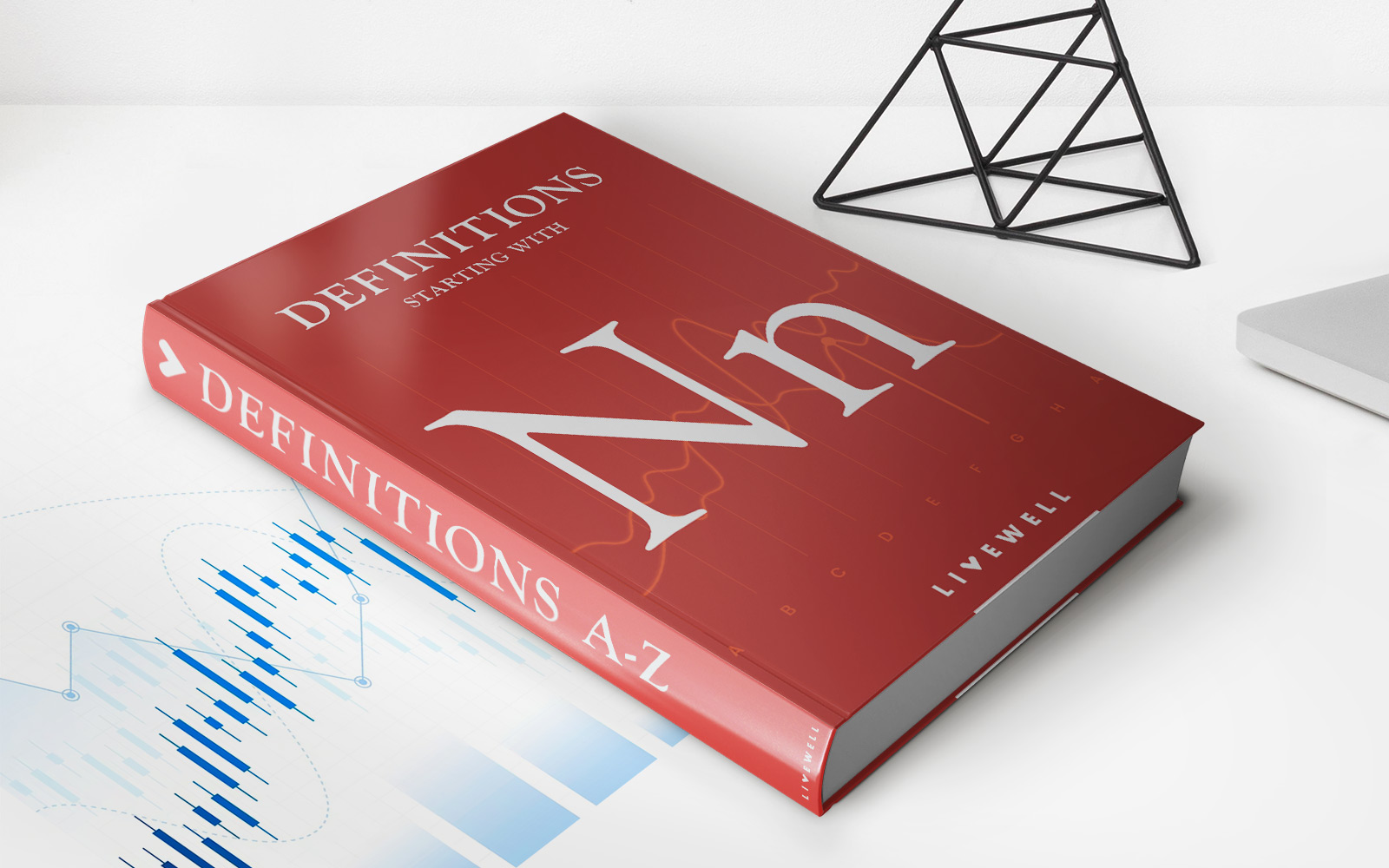Home>Finance>Command Economy: Definition, How It Works, And Characteristics


Finance
Command Economy: Definition, How It Works, And Characteristics
Published: October 29, 2023
Learn about the definition, workings, and key characteristics of a command economy in the field of finance and gain a deeper understanding of this economic system.
(Many of the links in this article redirect to a specific reviewed product. Your purchase of these products through affiliate links helps to generate commission for LiveWell, at no extra cost. Learn more)
Command Economy: Definition, How It Works, and Characteristics
In the realm of economics, various systems govern how resources are allocated, goods are produced, and services are distributed. One such system is a command economy. But what exactly is a command economy, and how does it work? In this blog post, we will explore the definition of a command economy, its essential characteristics, and how it operates. Whether you are a student, a curious individual, or someone looking to understand economic systems, this post aims to provide you with a comprehensive overview.
Key Takeaways:
- A command economy is an economic system where the government or a central authority has comprehensive control and decision-making power over economic activities.
- In a command economy, the government controls the allocation of resources, production levels, and distribution of goods and services, aiming to achieve specific economic and social objectives.
What is a Command Economy?
A command economy, also known as a planned or centrally planned economy, is an economic system where the government or a central authority holds substantial control and decision-making power over economic activities. In this system, the government directs and regulates resource allocation, production levels, and the distribution of goods and services.
How Does a Command Economy Work?
In a command economy, the central authority, often the government, formulates detailed production plans and policies to guide economic activity. These plans prioritize national goals, such as industrial growth, income equality, or defense spending, over individual desires or market forces.
Here are the primary characteristics of a command economy:
- Central Planning: The government exercises control through a central planning authority that formulates economic plans, sets production targets, and determines resource allocation.
- State Ownership: The state owns and controls most, if not all, major industries and enterprises. This includes industries like energy, transportation, telecommunications, and banking.
- Price Controls: The government sets prices for goods and services, aiming to ensure affordability and prevent inflation. This control may extend to wages and salaries as well.
- Restricted Choices: Consumers have limited choices since the government often determines the range and availability of products and services in a command economy.
- Collective goals over individual preferences: In a command economy, the government’s focus is on fulfilling collective goals, such as employment generation, income equality, or environmental sustainability, rather than catering to individual preferences.
- Limited market forces: Market forces, such as supply and demand, play a subsidiary role in a command economy. Instead, production and resource allocation decisions are guided by the central planning authority.
Examples of Command Economies in History:
Throughout history, various countries have experimented with command economies to varying degrees. Some notable examples include:
- The Soviet Union under Joseph Stalin
- North Korea under the leadership of the Kim family
- Cuba under Fidel Castro
It is important to note that most of these countries have undergone significant changes in their economic systems in recent years, incorporating elements of market-driven economies.
In Conclusion
A command economy is a system where the government or a central authority has substantial control over economic activities. It involves central planning, state ownership of industries, and price controls. While command economies have been implemented throughout history, many countries have shifted toward more market-oriented systems in recent years. Understanding the characteristics and workings of different economic systems can provide valuable insights into the complexities of managing resources and promoting prosperity.
Now that you have learned about command economies, why not explore other economic systems that shape our world?














